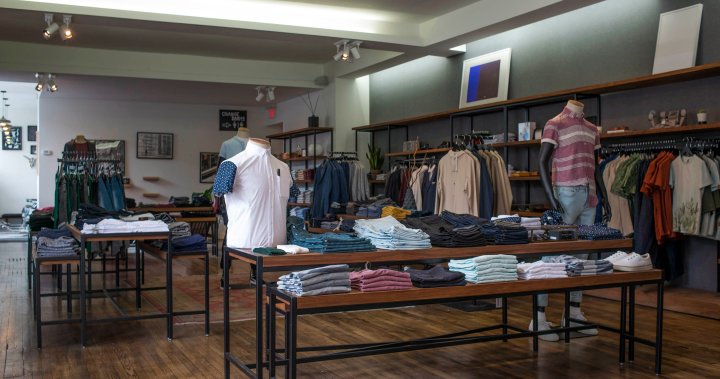The Canadian retail landscape is entering 2025 facing significant headwinds, marked by several prominent brands seeking creditor protection and announcing store closures. These developments underscore the ongoing challenges facing the industry, including the lingering effects of the COVID-19 pandemic, increased competition, and evolving consumer preferences. The prominent women’s apparel company, Comark Holdings Inc., is shuttering all of its Ricki’s and Cleo stores as it files for creditor protection. This closure affects a substantial retail footprint, encompassing 75 Ricki’s locations, 54 Cleo stores, 20 combined locations, and approximately 19 stores shared with Comark’s other brand, Bootlegger.
The reasons behind Comark’s financial struggles are multifaceted. A court-appointed monitor cited several contributing factors, including the persistent impact of the pandemic on consumer spending and supply chains. The company also suffered a significant setback in November 2021 due to a ransomware attack, further disrupting operations and incurring unforeseen costs. Intensified competition from ultra-low-cost fashion retailers has also squeezed Comark’s market share, making it difficult to maintain profitability in a price-sensitive environment. Additionally, ongoing supply chain disruptions and vendor issues have added to the company’s operational challenges.
Concurrent with Comark’s announcement, UCG Canada Holdings Inc., operating as the apparel brand Frank and Oak, has also sought creditor protection. The Montreal-based company, which operates 15 stores, is exploring various restructuring options, including a potential sale. Similar to Comark, Frank and Oak attributes its financial difficulties to the lingering effects of the COVID-19 pandemic. The company has been unable to recover from the losses incurred during the pandemic’s peak and its aftermath, leading to its current financial predicament.
These developments paint a concerning picture for the Canadian retail sector, reflecting the sustained challenges facing brick-and-mortar stores in a rapidly changing market. The pandemic accelerated pre-existing trends, including the rise of e-commerce and the increasing popularity of discount retailers. These shifts have put immense pressure on traditional retailers, particularly those operating in the mid-market segment. The closures of established brands like Ricki’s, Cleo, and potentially Frank and Oak demonstrate the vulnerability of even well-known names in the face of these market forces.
The ongoing supply chain disruptions and inflationary pressures also contribute to the difficulties faced by retailers. Increased costs for raw materials, manufacturing, and shipping have squeezed profit margins, making it harder for companies to remain competitive. The rising cost of living has also impacted consumer spending, leading to decreased demand for discretionary items like clothing. This combination of factors has created a challenging environment for retailers, particularly those operating in the apparel sector.
Looking ahead, the Canadian retail landscape is likely to continue evolving rapidly. The successful retailers will be those who can adapt to changing consumer preferences, embrace innovative technologies, and navigate the complexities of the global supply chain. This may involve a greater focus on e-commerce, personalized shopping experiences, and sustainable practices. The challenges faced by Comark and Frank and Oak serve as a stark reminder of the need for agility and resilience in the retail sector. The future of retail will likely belong to those who can anticipate and respond effectively to the ongoing market transformations.
The convergence of these factors – the pandemic’s lingering effects, intensified competition, supply chain disruptions, and evolving consumer behavior – has created a perfect storm for many retailers. The cases of Comark and Frank and Oak represent a broader trend within the industry, highlighting the need for adaptation and innovation to survive in the post-pandemic retail landscape. The focus on e-commerce, personalized experiences, and sustainable practices will likely become even more critical for retailers seeking to thrive in this challenging environment. The struggles of these established brands underscore the need for continuous evolution and adaptation in the face of a rapidly changing retail market.

